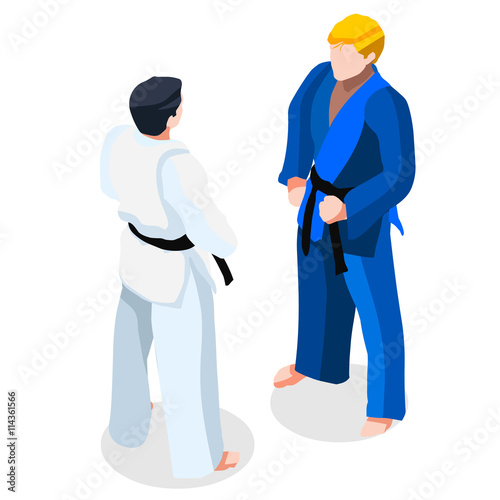The Development And Historical Context Of Martial Arts Worldwide
The Development And Historical Context Of Martial Arts Worldwide
Blog Article
Composed By-Mortensen Workman
Martial arts have a fascinating background that extends centuries and continents. You could locate it appealing just how old techniques like Shuai Jiao and Kalaripayattu prepared for contemporary battle strategies. These techniques not only emphasize physical skills yet additionally mirror the cultures that birthed them. As you explore their development, take into consideration just how globalization has changed these traditional types into hybrid styles. What impacts do you assume have shaped today's martial arts landscape?
Ancient Martial arts: The Foundations of Combat
As you look into the globe of ancient martial arts, you'll find the abundant structures that formed fight techniques throughout societies. Early practices concentrated on Self-Defense and survival, usually integrating strikes, grappling, and weaponry.
In old China, for instance, techniques like Shuai Jiao highlighted tosses and joint locks, while India's Kalaripayattu showcased agility and fluid movement. Japanese samurai developed Kenjutsu, a refined swordsmanship that highlighted discipline and technique.
These martial arts offered not just for fight however likewise as a way of personal advancement, instilling worths like respect and determination. The blending of these methods in time prepared for the varied martial arts you see today, each showing the distinct philosophies and requirements of its society.
The Cultural Impact on Martial Arts Development
While martial arts frequently reflect the useful needs of a society, they additionally personify the cultural values and ideas of their origins. When are martial arts good for kids explore different martial arts, you'll discover exactly how they're affected by religion, viewpoint, and social standards.
For instance, the focus on regard and discipline in Japanese martial arts originates from Zen Buddhism and samurai society. On the other hand, Brazilian Jiu-Jitsu promotes versatility and method, shaped by the demand for effectiveness in a diverse, multicultural atmosphere.
You might discover that the routines, uniforms, and training methods show a community's history and identification. By understanding these cultural influences, you strengthen your recognition of martial arts and their duty fit human experiences around the world.
Modern Adaptations and the Globalization of Martial arts
Martial arts have actually transformed dramatically in current decades, adjusting to contemporary culture and international influences. You'll notice that standard kinds have combined with contemporary techniques, developing hybrid styles like mixed martial arts. These adaptations satisfy diverse target markets, making martial arts obtainable and appealing globally.
With the rise of social media sites and digital platforms, you can locate tutorials and competitors from all corners of the globe, breaking geographical obstacles. This globalization has actually resulted in a shared appreciation for numerous techniques, from Brazilian Jiu-Jitsu to Taekwondo.
As you engage with these arts, you'll recognize they're not nearly battle; they promote fitness, discipline, and psychological well-being.
Eventually, contemporary adjustments have enriched the martial arts landscape, making it a dynamic and advancing practice.
Final thought
In exploring the history and development of martial arts, you reveal a remarkable mix of techniques, cultures, and viewpoints. From ancient self-controls like Shuai Jiao and Kalaripayattu to the modern-day adaptability seen in MMA, martial arts show humankind's quest for Self-Defense and individual growth. As you involve with these techniques, you not just gain abilities yet additionally a much deeper recognition for the varied practices that form our globe today. So, proceed go to this site and embrace the art of combat!
